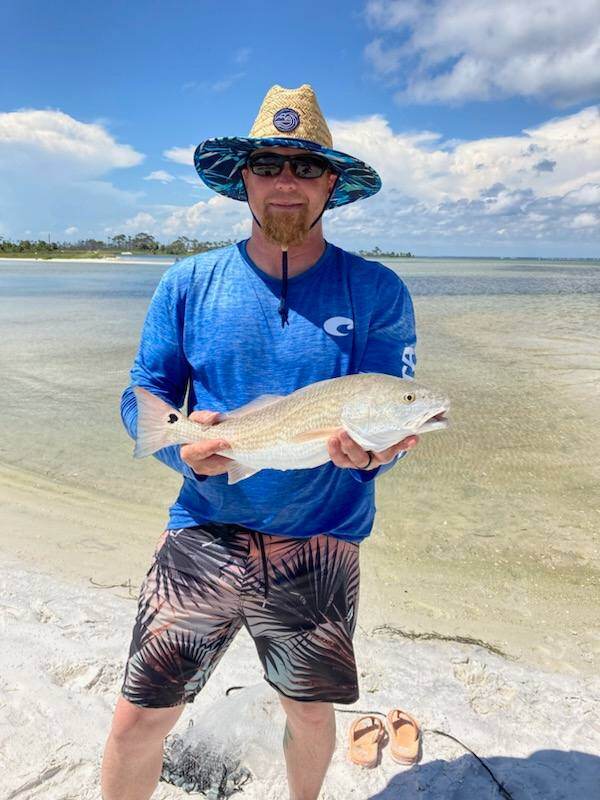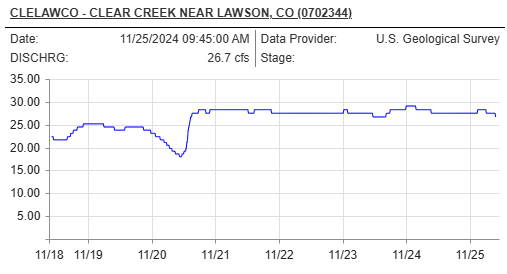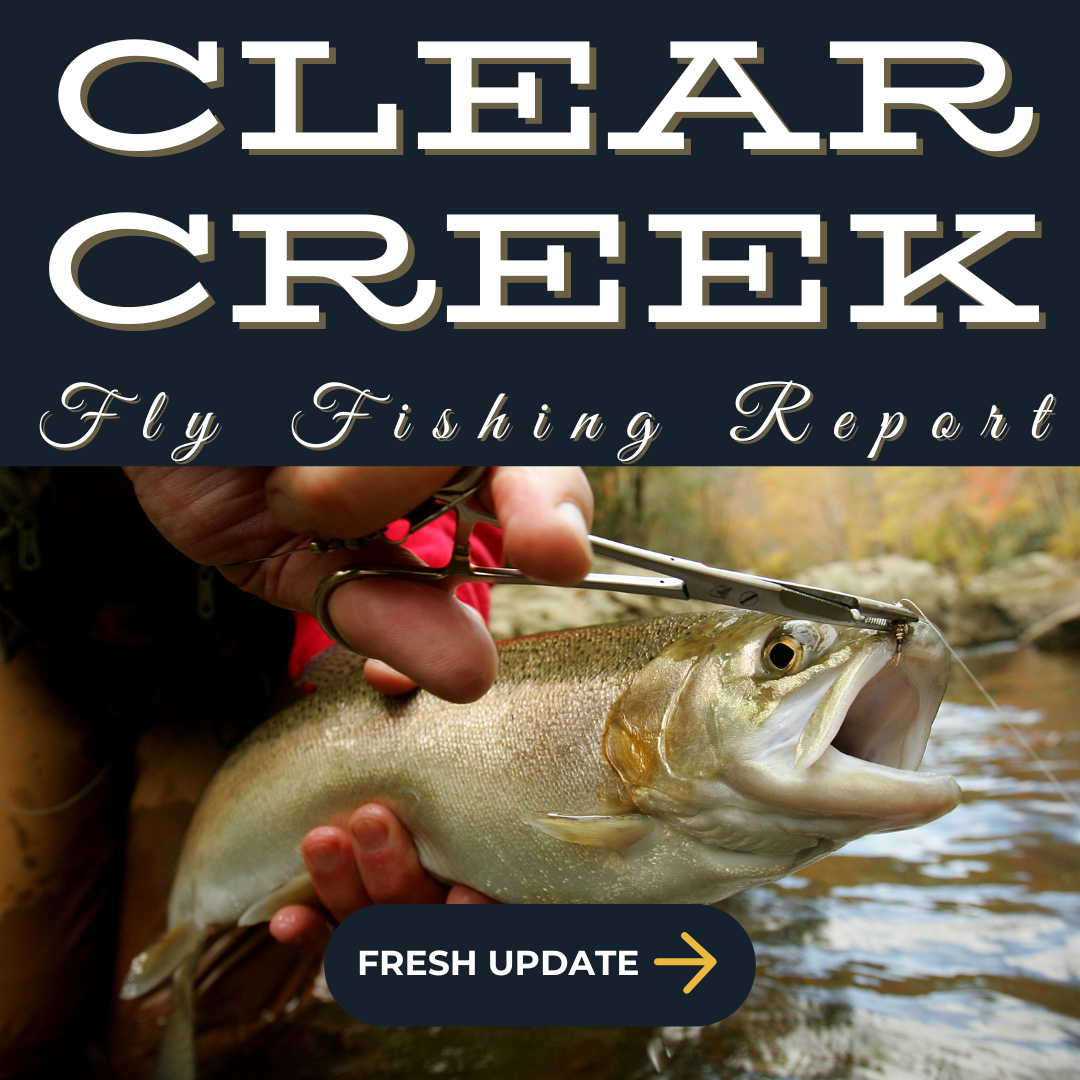Discover the joys of fly fishing and learn how to share this exciting hobby with your friends.
Overcoming Common Misconceptions
Fly fishing is often perceived as an intimidating and difficult activity, but it doesn't have to be. One common misconception is that it requires a lot of technical skill and expertise. While it's true that fly fishing has its own unique techniques, anyone can learn and enjoy this sport with a bit of practice and guidance.
Another misconception is that fly fishing is an expensive hobby. While there are undoubtedly high-end gear options available, there are also affordable options for beginners. It's important to emphasize that you don't need all the latest and most expensive gear to start. Essential equipment can be sufficient for beginners and can constantly be upgraded later on.
Lastly, some may think fly fishing is only for trout fishing in rivers and streams. While trout are a popular target for fly anglers, fly fishing can be done in various freshwater and saltwater environments. From lakes and ponds to coastal flats, there are plenty of opportunities to explore different types of fishing with a fly rod.
Choosing the Right Gear

When introducing friends to fly fishing, it's important to help them choose the right gear. The essential equipment for fly fishing includes a fly rod, reel, fly line, and flies. Beginners can start with a versatile, medium-action fly rod suitable for various fishing situations. A weight-forward fly line is a good option for beginners as it helps with casting and control.
For flies, it's best to start with a selection of basic patterns that imitate common prey for fish in the area. It's also important to have a few different sizes and colors to match the changing conditions. As for the reel, a simple and reliable reel that matches the rod weight is sufficient for beginners.
In addition to the basic gear, it's important to have a few accessories, such as leaders, tippet, and tools for fly tying and line management. These can be gradually added to the gear collection as the angler gains more experience and knowledge.
When helping friends choose their gear, they must consider their budget, fishing preferences, and the type of waters they plan to fish in. Offering guidance and recommendations based on their needs can make the gear selection process less overwhelming and more enjoyable.
Finding the Perfect Fishing Spot

Finding the perfect fishing spot is crucial to the fly fishing experience. Whether it's a local river, a hidden mountain stream, or a picturesque lake, there are plenty of options to explore. When introducing friends to fly fishing, it's important to help them discover suitable fishing spots that match their skill level and interests.
One way to find great fishing spots is to do some research online. Numerous websites, forums, and social media groups dedicated to fly fishing exist, where anglers share their experiences and recommendations. Local fishing clubs and guide services can also provide valuable insights and guidance on finding the best spots in the area.
It's also helpful to consider the time of year and the target species when choosing a fishing spot. Some fish species are more active during certain seasons, while others have specific habitat preferences. By understanding the behavior and habits of the target species, anglers can increase their chances of success and have a more rewarding fishing experience.
Lastly, exploring new waters can be a great way to bond with friends and create lasting memories. Whether it's a road trip to a distant river or a hike to a secluded mountain stream, discovering new fishing spots can be just as exciting as fishing.
Teaching the Basics
When introducing friends to fly fishing, starting with the basics is essential. Teaching them the fundamental techniques and skills will give them a solid foundation to build. Here are some key points to cover when teaching the basics of fly fishing:
- Casting: Start with the basic casting techniques, including the overhead cast and roll cast. Emphasize the importance of smooth and controlled movements and proper timing and rhythm.
- Knot tying: Teach them essential knots like the clinch knot, improved clinch knot, and loop knot. These knots attach the fly to the leader and connect the leader to the fly line.
- Fly selection: Explain the different types of flies and their purpose. Teach them how to choose the right fly based on the target species, water conditions, and insect activity.
- Reading the water: Show them how to observe it and identify likely holding spots for fish. Teach them to look for features like riffles, pools, and undercut banks that provide cover and food for fish.
By focusing on these basics and providing hands-on practice, you can help your friends develop the necessary skills and confidence to enjoy fly fishing independently.
Planning a Memorable Fishing Trip
Planning a memorable fishing trip with friends is a great way to introduce them to fly fishing. Here are some tips to make the journey enjoyable and successful:
- Research the destination: Choose a fishing destination that offers a good chance of success and matches the preferences of your friends. Consider factors like the availability of fish species, fishing regulations, and accessibility.
- Plan the logistics: Determine the duration of the trip, whether it's a day trip or an overnight adventure. Arrange transportation, accommodation, and meals accordingly. If necessary, consider hiring a local guide to enhance the fishing experience.
- Prepare the gear: Ensure everyone has the necessary gear and equipment for the trip. Help your friends organize their gear and pack essential items like sunscreen, insect repellent, and a first aid kit.
- Share knowledge and tips: During the trip, share your knowledge and tips with your friends. Teach them about local fishing techniques, best practices, and common mistakes to avoid. Please encourage them to ask questions and provide guidance whenever needed.
- Create lasting memories: Take photos, capture videos, and document the fishing trip to create lasting memories. Encourage your friends to share their experiences and impressions. Reflect on the highlights and lessons learned from the trip.
- By planning a well-organized and enjoyable fishing trip, you can create a memorable experience for your friends and ignite their passion for fly fishing.
.png?width=300&height=100&name=Copy%20of%20Rise%20Beyond%20Logo%2012.31.24%20(300%20x%20100%20px).png)



